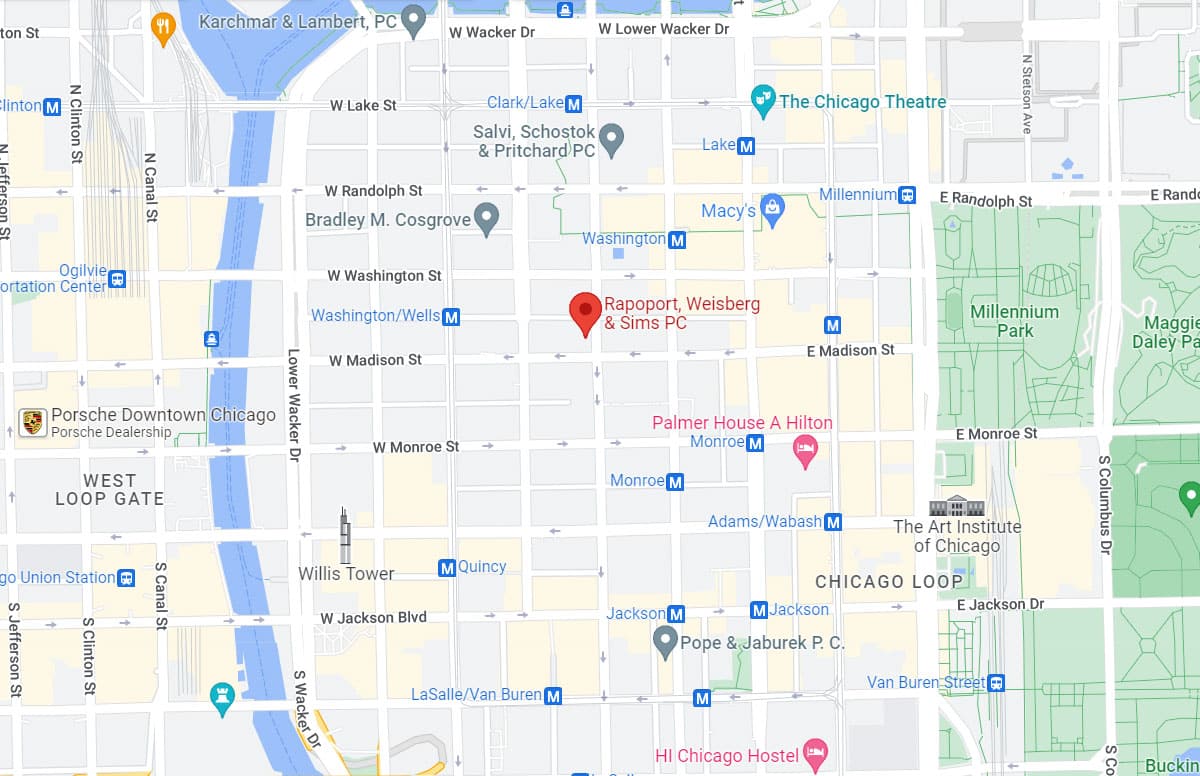Two investigations conducted by the National Transportation Safety Board were concluded last week with very similar results. The deadly aviation crashes both involved medical helicopters which were returning home after delivering patients. The NTSB was already aware of an increase in medical helicopter crashes. The safety organization had identified a number of factors that contributed to this increase. These two accidents demonstrated that the concerns have not yet been properly addressed.
A medical helicopter pilot may face a difficult decision after dropping off a patient. While these aircraft are required to follow precise guidelines when transporting patients, they leave much to the pilots’ discretion regarding the return trip. Both pilots of these fateful flights made the decision to attempt to get home ahead of predicted bad weather. Unfortunately for them, and for the nurses on board, the storms caught up with them and caused the vehicles to crash. There were no survivors.
In one of the crashes, pilot fatigue may have played a role. The pilot was at the end of a 12 hour shift. He had already completed two earlier flights and it is unclear if he had a chance to rest. Fatigue is one possible explanation for why he chose to race a storm at night rather than waiting for it to pass and flying back in the daylight. As an experienced pilot, he should have known the danger posed by heavy rain, lightning and gusting winds. Whether caused by fatigue or overconfidence, his unfortunate decision to fly that night cost him his life, as well as the lives of two flight nurses.
The NTSB concluded that the pilots did not make the safest decision available to them. Companies that operate medical helicopters need to take note and ensure that their pilots are given the training and oversight necessary to stay safe. The fact that no patients were killed is little comfort to the families of the pilots and nurses who died in these accidents.
Source: Fox News, “NTSB faults pilots in 2 fatal helicopter crashes,” by Jeffrey Collins, 20 January 2012
